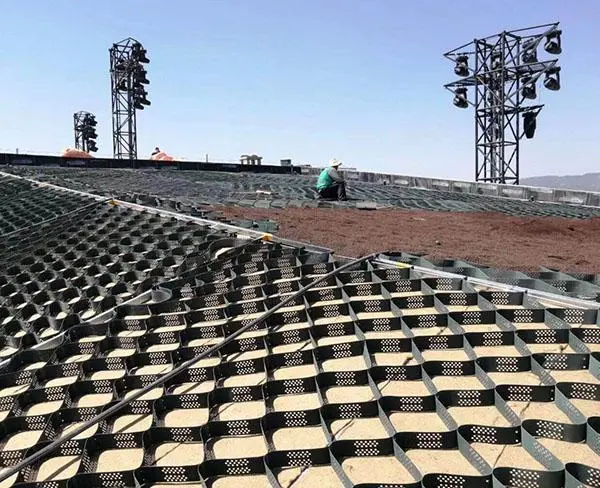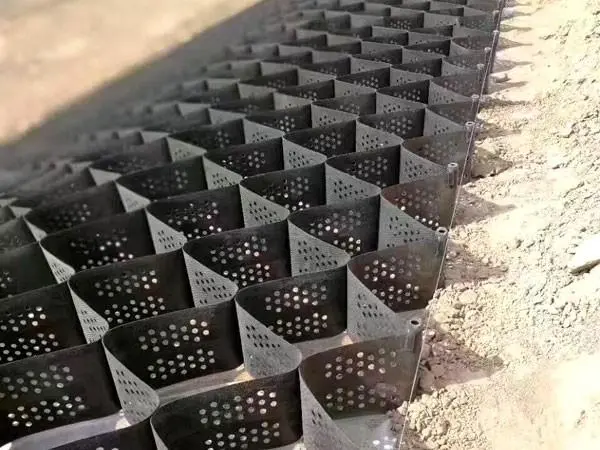1. Processing half filled and half excavated roadbeds
When constructing embankments on slopes with a natural slope steeper than 1:5 on the ground, steps should be excavated at the base of the embankment, and the width of the steps should not be less than 1 meter. When constructing or renovating highways in stages and widening, steps should be excavated at the junction of the new and old embankment fill slopes. The width of the steps on high-grade highways is generally 2 meters. Geogrids should be laid on the horizontal surface of each layer of steps, and the vertical side confinement reinforcement effect of the geogrids should be utilized to better solve the problem of uneven settlement.

2. Roadbed in windy and sandy areas
The roadbed in windy and sandy areas should mainly consist of low embankments, with a filling height generally not less than 0.3M. Due to the professional requirements for low embankments and heavy bearing capacity in the construction of embankments in windy and sandy areas, the use of geogrids can have a lateral confinement effect on loose fillers, ensuring that the roadbed has high stiffness and strength within a limited height to withstand the load stress of large vehicles.
3. Reinforcement of fill soil on the back of the embankment
The use of geogrid chambers can better achieve the purpose of reinforcing the back of the bridge. The geogrid chamber can generate sufficient friction between the filling material, effectively reducing the uneven settlement between the roadbed and the structure, in order to effectively alleviate the early impact damage of “bridge abutment jumping” disease on the bridge deck.

4. Treatment of Loess Collapse Roadbed
When highways and ordinary highways pass through collapsible loess and loess sections with good compressibility, or when the allowable bearing capacity of the foundation of high embankments is lower than the pressure of vehicle cooperative load and embankment self weight, the roadbed should also be treated according to the bearing capacity requirements. At this time, the superiority of the geogrid is undoubtedly demonstrated.
5. Saline soil and expansive soil
The highway constructed with saline soil and expansive soil adopts reinforcement measures for the shoulders and slopes. The vertical reinforcement effect of the grid is excellent among all reinforcement materials, and it has excellent corrosion resistance, which can fully meet the requirements of constructing high highways in saline soil and expansive soil.
Post time: May-09-2024

